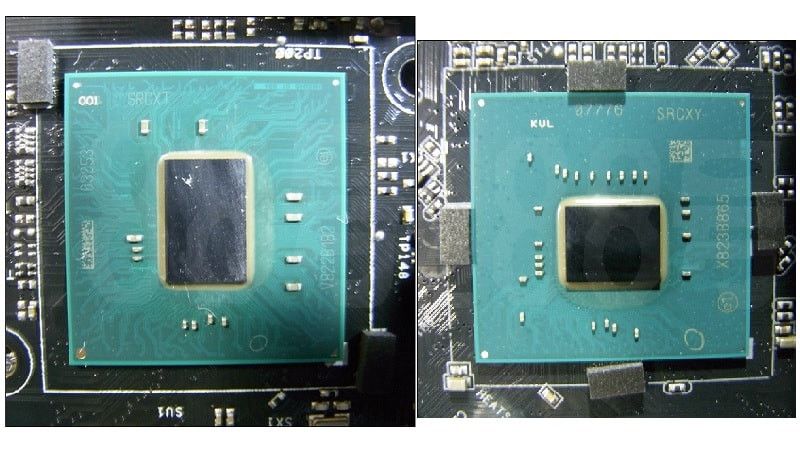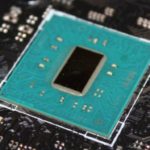After the speculation of 14nm chips outsourcing to TSMC, which was denied by Intel by saying that they will increase their capacity. Now its time to reveal the Intel’s plan to tackle the problem of high demand and low production of silicon. Now, it’s no secret that Intel hasn’t been doing very well lately, the 10nm delay in its manufacturing process has tested the blue giant’s ability to produce enough chips at 14nm. The situation is so serious that Intel is considering moving some of its designs to its former 22nm factories.

At Intel, it seems to be getting more and more serious, the company has not only been confronted with a variety of security flaws in its CPUs that jeopardize their design choices in microarchitecture but now they are also facing problems with silicon production at 14nm. It is no longer a secret that Intel’s 14nm factories are affected by overwhelming demand, resulting in soaring prices for Intel’s main CPUs, in addition to reporting that the company will outsource the production of 14nm chips to TSMC to increase availability.
Now there are reports that Intel will shift some of its chipsets to the 22nm node, primarily the H310 chipset in order to increase production capacity to 14 nm.
However, due to problems in Intel’s 10nm process and its limited production capacity of 14nm, this option has become a necessity. The new H310 chipset, which had to be architecturally redesigned for 22nm, will be released in the H310C or H310 R2.0 variant. It will be physically larger and will entail a small loss of energy efficiency. As the new chipset motherboards enter the supply chain, they will soon reach the stores.






Leave a Reply